
Estimated reading time: 11 minutes
When choosing what smart security camera brand or system to invest in, one of the biggest choices consumers have is deciding between local or cloud based storage.
What this relates to is how the videos and footage that your smart security cameras and video doorbells capture are stored.
Nearly all smart security camera brands offer some sort of cloud based storage option but that usually comes with a cost.
There are free cloud storage plans that offer limited rollback of your camera’s video history and short, sometimes compressed, video clips but, more often than not, you will have to cough up for a premium plan to access your footage history.
For example, Google has a two-tier Nest Aware plan; either 30 days of event video history and cover all Nest Cams for $8 per month, or Nest Aware Plus, which bumps up to 60 days of event video history and 10 days of 24/7 video history for $15 monthly.
Ring, owned by Amazon, has numerous premium Ring protect plans. Basic covers one device for $4.99 per month, Plus covers all devices at one location for $10 a month, and Pro adds 24/7 professional monitoring to the mix, starting at $20/month.
It’s a similar story for the likes of Arlo, Blink, Wyze and Canary – all of which offer some sort of free plan but then have a multitude of premium plans depending on the amount of devices and the level of monitoring you require.
Pros and Cons of local storage for security cameras
Pros
- Offline videos mean enhanced privacy
- No monthly fees
- Immediate access
- Full control over data
- Low cost
- Works when internet goes down
Cons
- Risk of data loss
- Capacity limitations
- Potential for theft
- Vulnerability to physical damage
- Cybersecurity risks
- Not offered by all brands
Cloud concerns
Now, we’re not saying you should totally avoid cloud storage in favour or local storage as there are many reasons why you’d prefer the former, including the raft of extra features that brands throw in, such as person and pet detection, AI features, personalized activity zones and more.
However, as with all smart home devices, anything cloud based comes with privacy and security concerns.
Cloud storage providers dedicate significant resources to bolster data security and privacy safeguards, including encryption and multi-factor authentication. Nonetheless, opting to store your footage on a third-party server does mean that you are relinquishing control of your data to an external entity.
For example, in February 2024, Wyze had to apologise to customers after a camera breach let 13,000 customers briefly see into other people’s homes.
Ring, Google and Anker have also admitted various data breaches and encryption issues in the past too.
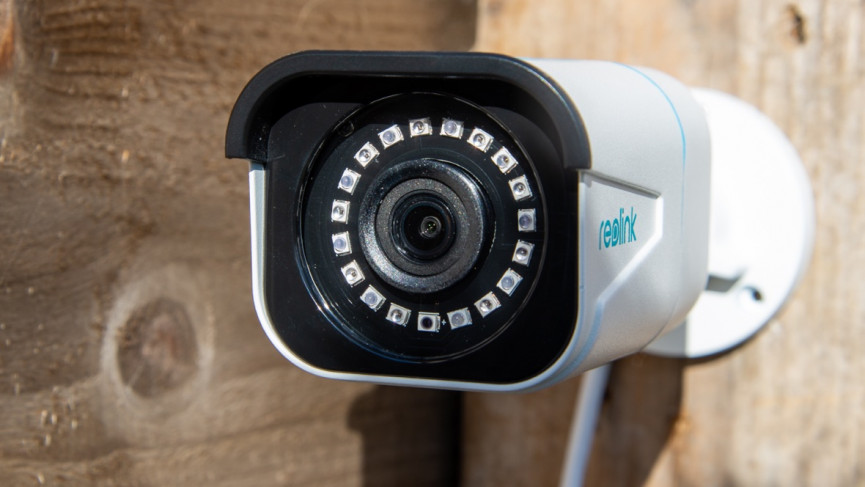
Keeping it local
You can avoid the cloud entirely, and keep your private videos private, by using a smart security camera or video doorbell that lets you store video clips locally, on the device itself or a synced hub or station that offers physical storage.
Unlike cloud-based alternatives, local storage doesn’t rely on an Internet connection, ensuring uninterrupted functionality even without Internet or Wi-Fi access.
Storing footage locally involves saving recordings from your security cameras directly onto physical storage devices like SD cards, hard drives, or network-attached storage (NAS) systems.
Storing locally allows you to retain full control over your data’s accessibility and management since it remains within your property – no prying eyes can see your clips… unless someone steals your storage device, of course.
However, accessing footage stored locally requires physical interaction. You may need to retrieve the storage device, connect it to a computer, and sift through files to locate specific recordings, which can be less convenient, especially when away from home.
The good news is that the best security cameras with local storage often have features within their apps to let you access and view your locally stored clips too; although this obviously does mean that some sort of cloud interaction is required.
One big advantage of local storage is, as mentioned, the absence of monthly subscription fees.
Once you’ve acquired the necessary storage devices, there are no additional costs, making it a cost-effective solution in the long term. Nonetheless, you may need to replace storage devices and occasionally clean them to prevent filling up.
Local storage cameras have capacity limits, necessitating the overwrite of older footage after a certain period. This may result in the loss of critical recordings in certain scenarios.
Usually though, if you go down the local storage route, then the software your security camera uses will automatically delete the oldest clips first, in the case of a storage capacity becoming full, but this isn’t always the case so be sure to back up any super important clips.
While local storage offers direct control over security and privacy since data remains in your possession, the risk of data loss exists if the storage device is damaged, stolen, or lost; if someone pinches your camera that stores clips on a memory card, then only they will be able to watch that action back.
Additionally, if you have local storage connected to your home network without adequate security measures in place, then you may be susceptible to cyberattacks.
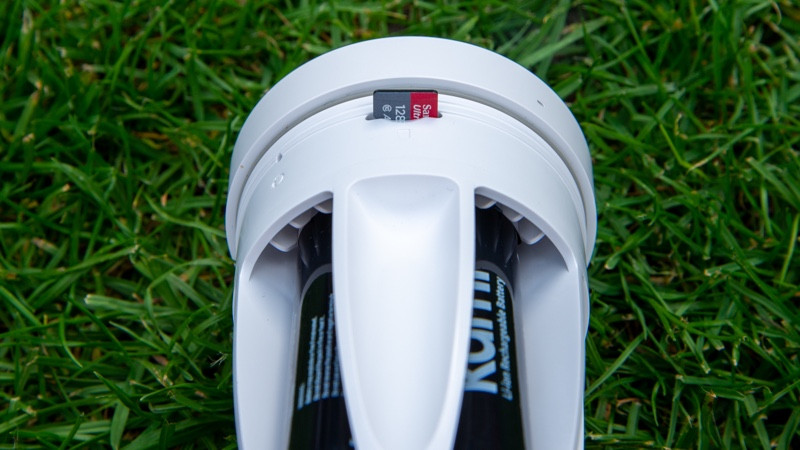
Types of local storage
Local storage is an umbrella term for a range of physical storage options and there are numerous ways to store your security camera’s footage depending on what brand you go with.
Here are the main options…
microSD memory card
Local storage via microSD cards offers a convenient and cost-effective solution for storing security camera footage directly on the camera itself on a hub that the camera connects to.
With a microSD card slot, cameras can capture and store footage locally without the need for additional equipment.
However, it’s important to note that microSD cards have limited storage capacity and may require regular maintenance to ensure uninterrupted recording.
Hard disk drive
Using a hard drive for local storage provides ample space and reliability for storing security camera footage.
Whether integrated within a dedicated DVR (Digital Video Recorder) system or connected directly to the camera or a hub, hard drives offer flexibility and scalability to accommodate large volumes of video data.
This method is ideal for users seeking high-capacity storage solutions.
NAS drive
Network-Attached Storage (NAS) drives provide a centralized and versatile solution for storing security camera footage locally within a network environment.
By connecting cameras to a NAS device via the local network, users can securely store and manage video data from multiple cameras in a single location.
NAS drives offer advantages such as enhanced data protection through RAID configurations, remote access capabilities, and seamless integration with other network services and applications.
NVR
Network Video Recorder (NVR) systems are dedicated devices designed specifically for recording and storing video footage from multiple IP cameras.
Unlike traditional DVRs, which are analog-based, NVRs work with digital IP cameras and leverage network connectivity for video transmission and storage.
NVRs typically feature built-in storage options, such as internal hard drives, to store recorded footage locally.
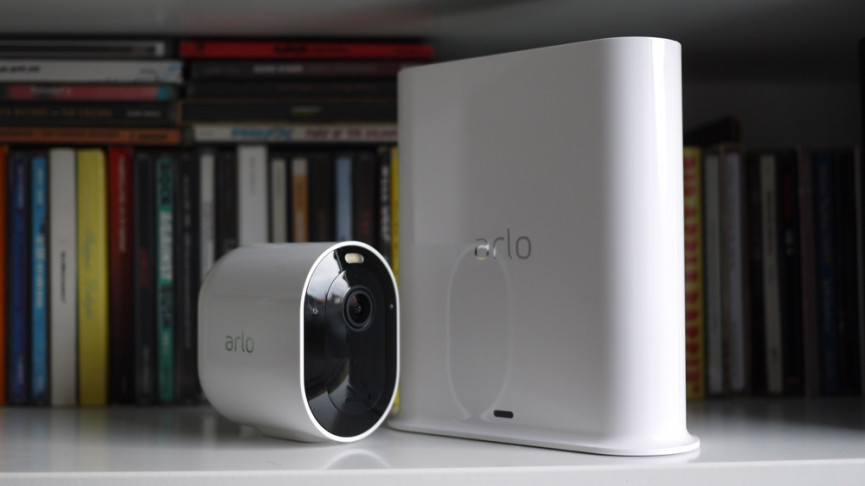
How much storage do you need?
Here are some rough estimations for how much storage space is required for 4K and HD video clips, along with examples of how many clips or the length of clips that can be saved on different sizes of microSD cards.
In reality, camera footage size can vary depending on a wide range of factors. And remember, if your camera only records when motion is detected, the storage usage will be lower than if it records continuously.
4K Video
- For 1 minute of 4K video footage at 30 frames per second (fps): Approximately 375 MB to 500 MB
- For 1 hour of 4K video footage at 30 fps: Approximately 22.5 GB to 30 GB
HD (1080p) Video
- For 1 minute of HD video footage at 30 fps: Approximately 130 MB to 175 MB
- For 1 hour of HD video footage at 30 fps: Approximately 7.8 GB to 10.5 GB
Examples of Storage Capacity for microSD Cards
- 32GB microSD card: Approximately 90 to 120 minutes of 4K footage, or 4 to 6 hours of HD footage
- 64GB microSD card: Approximately 180 to 240 minutes of 4K footage, or 8 to 12 hours of HD footage
- 128GB microSD card: Approximately 360 to 480 minutes of 4K footage, or 16 to 24 hours of HD footage
Tips for optimizing local storage on a smart security camera
Drop the resolution: Just because your camera can record at 4K with color night vision, doesn’t mean that it has to. Often you can drop the quality to save space.
Adjust bitrate: Reducing the bitrate can significantly reduce file size without a major visual quality drop.
Enable motion detection: Record only when motion is detected to minimize storage usage.
Set clip length: Shorter clips take up less space.
Transfer recordings: Regularly transfer recordings to an external drive or cloud storage to free up space on your camera’s storage.
The best smart security camera brands that offer local storage
Now you’re up to speed with what local storage entails exactly, here are some brands and security cameras for you to consider:
Reolink
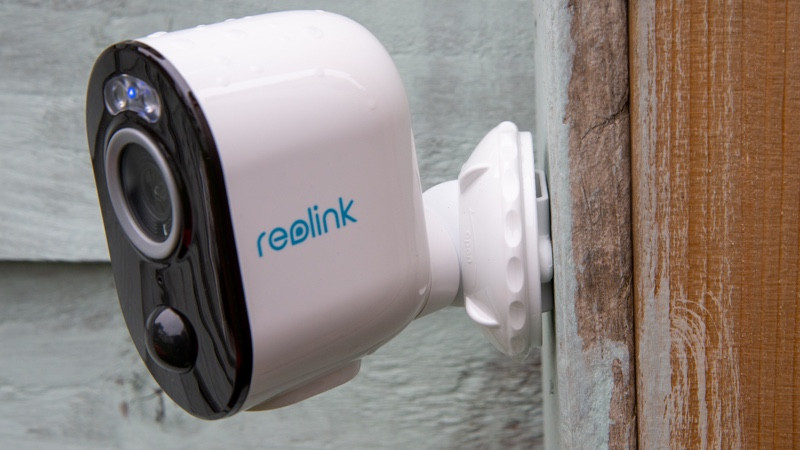
Reolink offers a variety of wire-free and wired security cameras that support local storage via microSD cards, such as the Argus Pro range.
The Chinese also offer NVRs (Network Video Recorder) that can connect to external hard drives for extended storage. NVRs typically come with multiple channels so you can connect multiple cameras.
Eufy
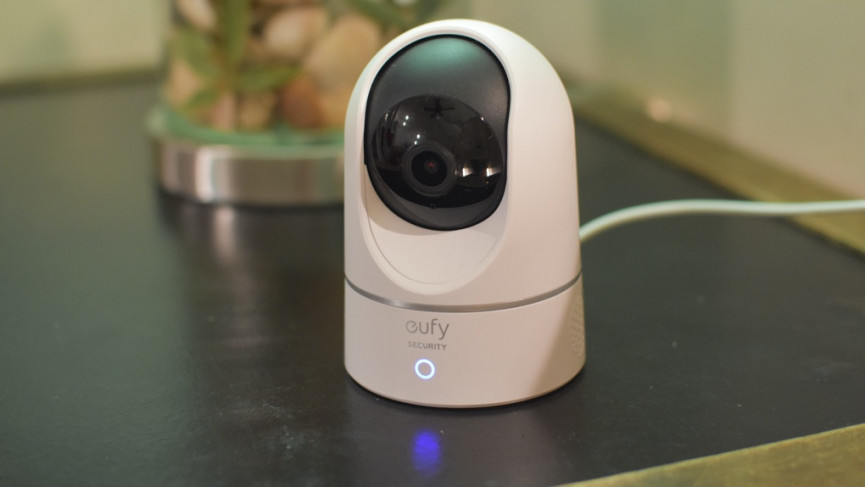
Perhaps the best known of all the security camera brands offering a local storage option, most of the Eufy range, including the likes of the SoloCam S340 and the Indoor Cam S350 all offer microSD on board storage.
When teamed up with an Eufy HomeBase, local storage can be expanded to a whopping 16TB but you will need to purchase compatible 2.5-inch storage drives (HDD or SSD) with a SATA interface.
The HomeBase itself, either the latest 3rd-gen one or the older 2nd-gen model, boasts 16GB of its own storage too.
Wyze
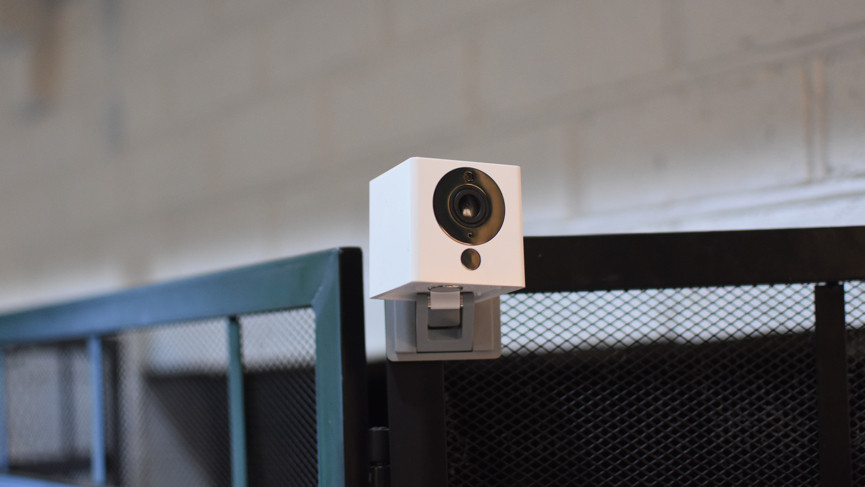
Wyze is known for its affordable smart home products and, while the company does have cloud-based plans, its cameras and video doorbells support microSD cards for local storage.
Depending on the model, Wyze cameras typically support up to 32GB or 64GB microSD cards, providing storage for several days of footage at standard resolution.
Ring
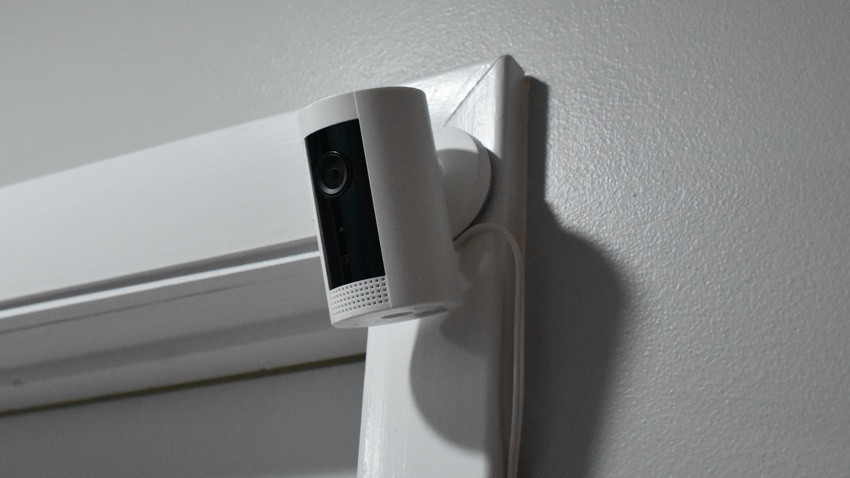
Amazon has a service called Ring Edge, which lets you store and process videos captured on your Ring camera locally rather than in the Cloud.
However, you’ll need a Ring Pro subscription and the microSD card for Ring Edge isn’t actually located on any Ring security cam, but rather on the Ring Alarm Pro base station.
DVR specialists
The likes of Swann, Lorex, and Amcrest are well-known brands specializing in DVR (Digital Video Recorder) systems for surveillance and security purposes.
But while these brands are making inroads in the ‘smart’ security camera market, they are essentially still traditional players who are slightly different to the likes of Arlo, Ring, Nest and the like.
They are popular choices for people, and often businesses, seeking reliable and comprehensive surveillance solutions, particularly those that require DVR functionality for storing and managing video footage.
FAQs
Some smart security camera systems allow remote access to locally stored footage through their mobile apps or web portals. However, this may require additional configuration of your home network for remote connectivity.
While local storage offers increased privacy compared to cloud storage, there are still risks, especially if the storage device is stolen or compromised.
Some smart security camera systems offer hybrid storage options, allowing users to store footage both locally and in the cloud, such as Arlo with its cameras teamed up with a Base Station. This provides redundancy and additional backup for critical recordings but may require a subscription plan for cloud storage access.







